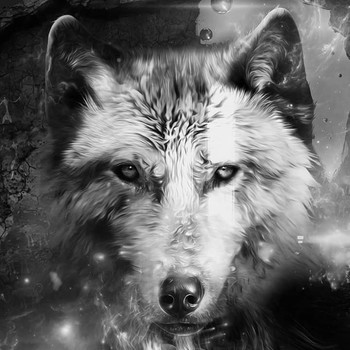What is the microscopic structures and the living cells of a long bone?
1 Answer
See explanation.
Explanation:
Chemical composition and structure of bone tissue
The osseous tissue presents itself under two aspects, under that of compact substance and spongy substance. The former forms the diaphysis of the long bones; It is hard and tight. The spongy substance, which is less hard, consists of intercommunicating areolae and enters into the composition of short bones, broad bones and ends of long bones.
The surface of the bones is always limited by a layer of compact tissue. The large and short bones are spongy internally. The long bones are spongy only at the extremities (epiphyses).
Their middle part (body or diaphysis) is hollowed out of a cylindrical cavity (medullary canal) which rarely lacks (lazy, cetaceans, chelonians) and contains bone marrow, exceptionally air as in birds.The bone matter consists of two parts.
The bone marrow changes with age. In young subjects it is red because it is very rich in blood vessels, very poor in fatty matter and it is the site of an abundant production of red blood cells.
In adults it is yellow because of its fat; It is less rich in blood vessels. Finally, in the elderly it is gray; It is also its ordinary color in the bones of the skull.
Their meshes are filled with a red marrow deprived of fat, and in which many red blood corpuscles are formed.
The periosteum (peri = around, osteon = bone), which is intimately adherent to it by means of blood vessels and, above all, bundles of fibers which start from its internal surface and penetrate obliquely into the Bone matter (Sharpey fibers).
The periosteum has two principal roles: it ensures the nutrition of the bone by the numerous blood vessels which it sends to it and forms the new bone matter on its internal surface.
They are the same salts as in ivory and in the enamel of the teeth, but with quite different proportions and structure.
 )
)
Cross section and longitudinal section of the diaphysis of a long bone (after L. Testut, Human Anatomy)
- cross-section.
- longitudinal sections.
- medullary canal.
- Havers channels with their anastomoses (9).
- Havers system.
- fundamental internal system.
- external fundamental system.
- intermediate systems.


